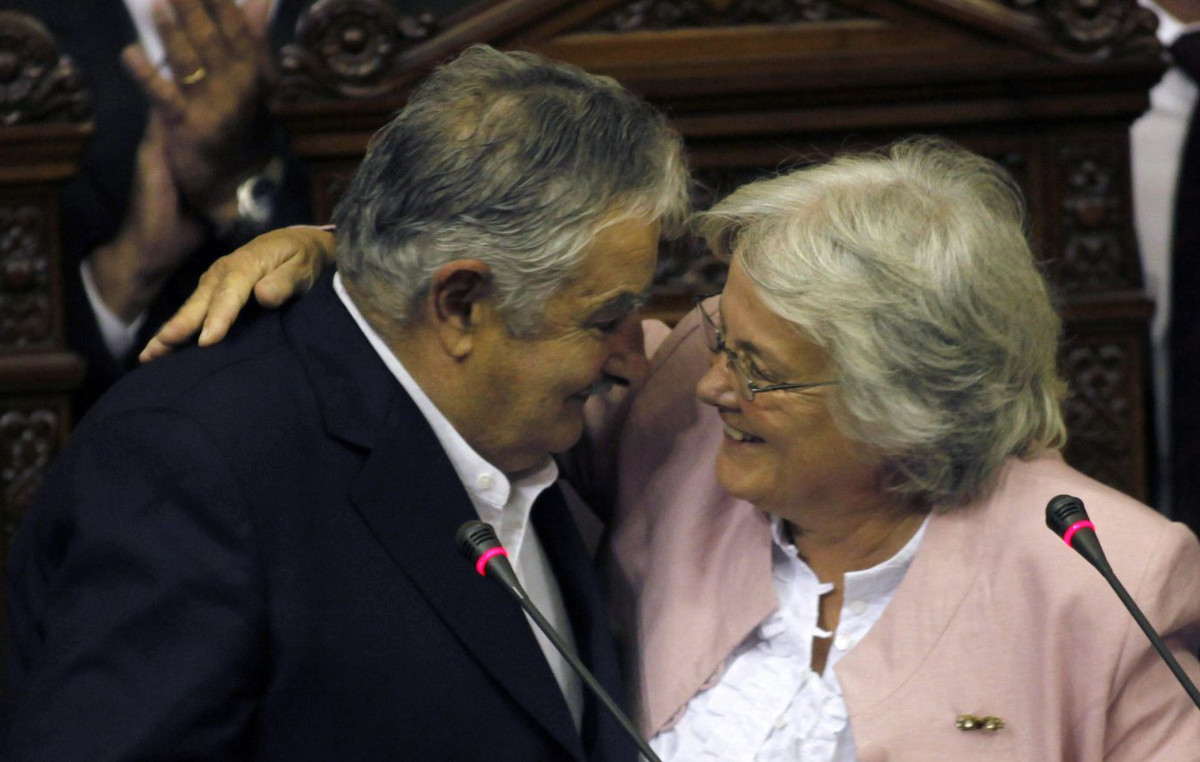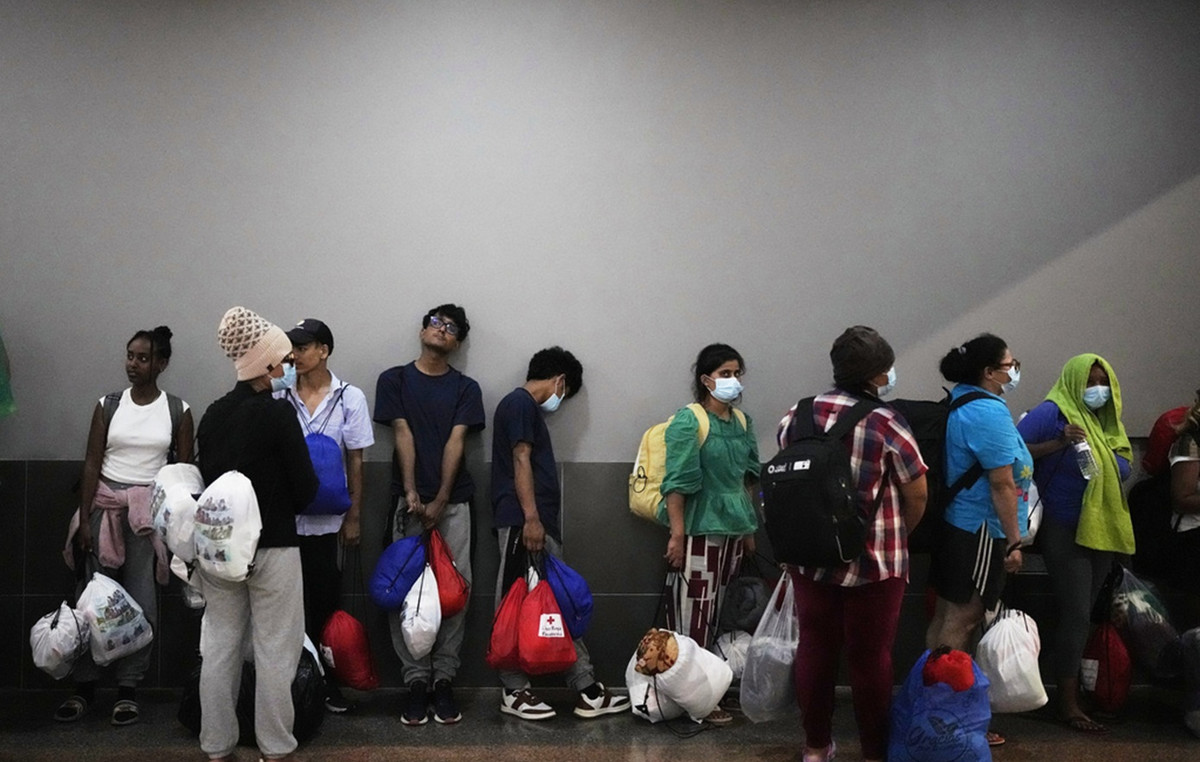What are the clothing items, events, fashion shows or fashion press campaigns that have perfectly reflected, and supported, the major social changes?
Among the greatest revolutions that have taken place over the decades in the wardrobe – as well as in the expression of the individual in society – we find thegenderless clothing. Garments that, as the name suggests, are not aimed exclusively at a male or female audience, offering one a perspective of style beyond the binary. The codes that are normally – and erroneously – attributed to a genre are thus deconstructed and mixed, made fluid to show how much the garments can enhance anyone, regardless of the gender expression. Or by virtue of it, at your choice. Always inclined to break the rules, it was above all Jean Paul Gaultier to manifest, in the modern era, i limits of categorizations when talking about, and above all doing, fashion.
Content
This content can also be viewed on the site it originates from.
L’enfant terrible of couture, constantly and boldly experimenting both with forms and with the substance they represented, has breaking down ethnic, cultural and sexual stereotypes and barriers. But the show that most of all, and among the first, brought the overcoming of the gender binary in fashion into the spotlight, was the one for Spring / Summer 1985.
Entitled Et Dieu Créa l’Homme (And God created man), the collection reinterprets and overturns the classic approach to masculinity, introducing the first men’s skirts by Jean Paul Gaultier, and bringing men and women to the catwalk with garments that are indistinct from their “respective” wardrobes. Skirts and cut-out tops for the former, military or baseball-style hats, and structured shirts for the latter, but also oversized garments, bright prints and ruffle inserts for both.
Jean Paul Gaultier, Spring / Summer 1985
Pierre VAUTHEYThe Spring / Summer 1985 show comes two years later L’Homme Objet (Toy Boy) from 1983, when the couturier first explored the homoerotic charge of a young sailor – emblematic figure of his collections – amidst applause and indignant criticism. No wonder then, that too Et Dieu Créa l’Homme has aroused diametrically opposite reactions. However, beyond the positive astonishment and the cry of scandal, the comment of the New York Times, who described the fashion show as “The most important thing that has happened in fashion in the last 20 years”.
By emphasizing and playing caricature with sartorial gender expectations, Jean Paul Gaultier has, in fact, started a collective reflection, held mostly to the rhythm of fashion shows, which in a couple of decades has led to changes that to define significant is an understatement: from the spread of collections, and even brands, totally gender fluid, to the breaking down of the divisions between men’s and women’s fashion in a institution such as the British Fashion Council, which in 2020 united fashion presentations under one genderless roof. A little less than 40 years have passed since 1985, and it is above all in the last decade that there has been an acceleration of awareness in this sense: how could we imagine fashion in just ten years?
Other stories of Vanity Fair that may interest you:
– When fashion changes society: Carrie Hammer and disability on the catwalk
– When fashion changes society: Hussein Chalayan and the burqas on the catwalk
– When fashion changes society: John Galliano and the representation of the homeless
Source: Vanity Fair
Donald-43Westbrook, a distinguished contributor at worldstockmarket, is celebrated for his exceptional prowess in article writing. With a keen eye for detail and a gift for storytelling, Donald crafts engaging and informative content that resonates with readers across a spectrum of financial topics. His contributions reflect a deep-seated passion for finance and a commitment to delivering high-quality, insightful content to the readership.







